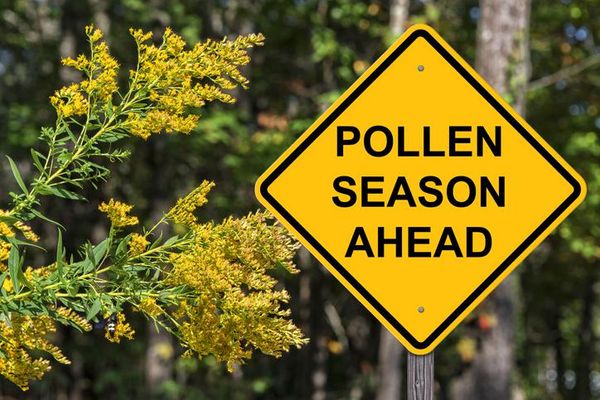Most of us enjoy going out to eat, but for people with food allergies and intolerances, it can be a stressful, scary and even dangerous time. A hidden ingredient—or even exposure to an ingredient on a preparation surface—can set off a severe reaction for some people.
Some restaurants are very accommodating of people with food allergies. They provide extensive staff training and have rules in place. Many restaurants, however, are unable—or unwilling—to prepare allergy-friendly meals.
That can be dangerous for people with food allergies or food intolerances. While true food allergies are relatively rare, food intolerances are more common. And both can be uncomfortable.
A food intolerance, or a food sensitivity, occurs when you have difficulty digesting a food. It can lead to gas, abdominal pain or diarrhea, according to the American Academy of Allergy, Asthma & Immunology.
A food allergy involves an immune system reaction. Common symptoms include runny nose, sneezing, wheezing, headache, hives or rashes, red itchy eyes and maybe even stomach cramps, vomiting or diarrhea. Common allergy triggers include peanuts, tree nuts and shellfish.
In some cases, a food allergy can be much worse. Even a microscopic amount of food can cause a serious or life-threatening reaction called anaphylaxis or anaphylactic shock—a sudden and sometimes deadly drop in blood pressure. Anaphylactic shock can potentially stop the heart or lead to complete closure of air passages, causing death by suffocation.
So how can you avoid an allergy attack when dining out?
Here are some tips from HealthyWomen and Paul Antico, founder and CEO of AllergyEats, the leading guide to allergy-friendly restaurants nationwide. He is also the father of three food-allergic children and a passionate food allergy advocate.
Do your homework. Use online resources like AllergyEats, a free website and app, to determine which restaurants to visit and which to avoid. AllergyEats bases its restaurant ratings on feedback from people with food allergies and rates solely on how well the restaurants accommodate food allergies. Also check the restaurant's website and menu and call to ask if they can accommodate your needs.
Tell the staff about your food allergies. Clearly communicate about your food allergies with the server, manager and/or chef. Make sure they can confidently and intelligently answer your questions and reassure you that they're well-equipped to handle your food allergies.
Ask specific questions. Ask about ingredients of various dishes and how they're prepared. Questions could include: Which menu items are not safe, given my food allergies? How are diners' allergies communicated to the kitchen staff? How do you prevent cross-contamination? Is separate equipment used to prepare food-allergic guests' orders? Ask open-ended questions. For example, "What kind of oil do you use to cook the French fries?" rather than, "Are the French fries cooked in peanut oil?"
Don't hesitate to leave. If you don't feel comfortable with the answers you get from the staff, leave and find another restaurant.
Double-check your food. When you receive your meal, politely ask the server if they're sure this is your special allergy-friendly meal. Look carefully to see if any of your allergens are present (for example, grated cheese, pesto, nuts). Some restaurants follow all the "rules" to accommodate food allergies, and then make a mistake, like grating cheese on a dairy-allergic diner’s salad.
Keep it simple. Stick to simple, whole foods, such as vegetables and meats that haven't been processed, coated or mixed. Unless you know what's in them, avoid sauces, dips, marinated items, casseroles and desserts.
Dine at off-peak hours. When restaurant staff is less busy, they'll be better able to take the proper precautions with your order.
Don't get emotional. It can be stressful when a restaurant's staff doesn't "get it," especially if you (or your child) has severe, life-threatening food allergies. Be polite but firm, making sure the staff take your needs seriously. When ordering for a child with allergies, stay calm and composed so you don't frighten your child about the process. Having a plan can make you feel more in control, less anxious and less emotional.
Be prepared to treat an exposure. Even the most careful restaurants can make mistakes. If you or your child has severe allergies that could cause a life-threatening reaction, always carry an epinephrine auto-injector, Benadryl or your other allergy medications. A epinephrine syringe must be obtained by prescription from a health care professional, and the shelf life is about 18 months.







